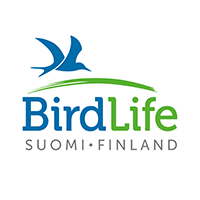Winter site fidelity of the Great Tit (Parus major) revealed by recaptures of individuals roosting in nest-boxes
DOI:
https://doi.org/10.51812/of.143428Keywords:
Great Tit, roosting, nest boxes, recaptures, wintering sitesAbstract
Birds often return to the same locations where they have previously bred successfully or survived the winter, demonstrating site fidelity. This behaviour extends beyond breeding sites to include roosting and feeding areas, with individuals frequently recaptured at the same locations across years. In this study, we investigated the winter site fidelity of Great Tits and analysed how various factors (winter temperature, sex, age, site, date of first capture, and winter season) influence recaptures within and between winters. We monitored individuals roosting in nest boxes at two sites within Bratislava city, western Slovakia. Within-winter site fidelity was observed in 45.89% of birds (N = 146), meaning these individuals were recaptured at least once during the same winter at the same site. Among the tested variables, age and date of first capture in the season significantly influenced within-winter site fidelity. Older birds and those captured earlier in the season were more likely to be recaptured in the same winter. Between-winter site fidelity, defined as birds ringed and later recaptured in a different winter, was observed in 12.92% of 178 Great Tits. Age was a significant factor, with older individuals being more likely to be recaptured in subsequent winters. Furthermore, birds that were recaptured more often during their first winter had a higher likelihood of being recaptured in later winters, suggesting consistent long-term site use.
Downloads
Additional Files
Published
Versions
- 2025-11-28 (2)
- 2025-09-24 (1)
Issue
Section
License
Copyright (c) 2022 Martin Matejka, Kristína Abrahámovičová, Hana Tomanovičová, Martin Gera, Zlatica Országhová, Lucia Rubáčová

This work is licensed under a Creative Commons Attribution 4.0 International License.








